Have you ever wished you could wield the Force, leap across galaxies, or disappear in the blink of an eye? Every year on May 4th, fans around the world celebrate Star Wars Day—an homage to the iconic series that has inspired generations to dream beyond the stars. But what if I told you that some of the most jaw-dropping powers from Star Wars aren’t just fiction? Nature is full of astonishing creatures whose abilities rival, and sometimes surpass, the wildest feats of science fiction. From invisibility cloaks to mind-bending senses, the animal kingdom is an endless source of real-world wonders that make us question what is truly possible. Get ready to ignite your imagination as we explore the most incredible animal superpowers that feel straight out of a galaxy far, far away.
The Real-Life Invisibility Cloak: Cephalopod Camouflage
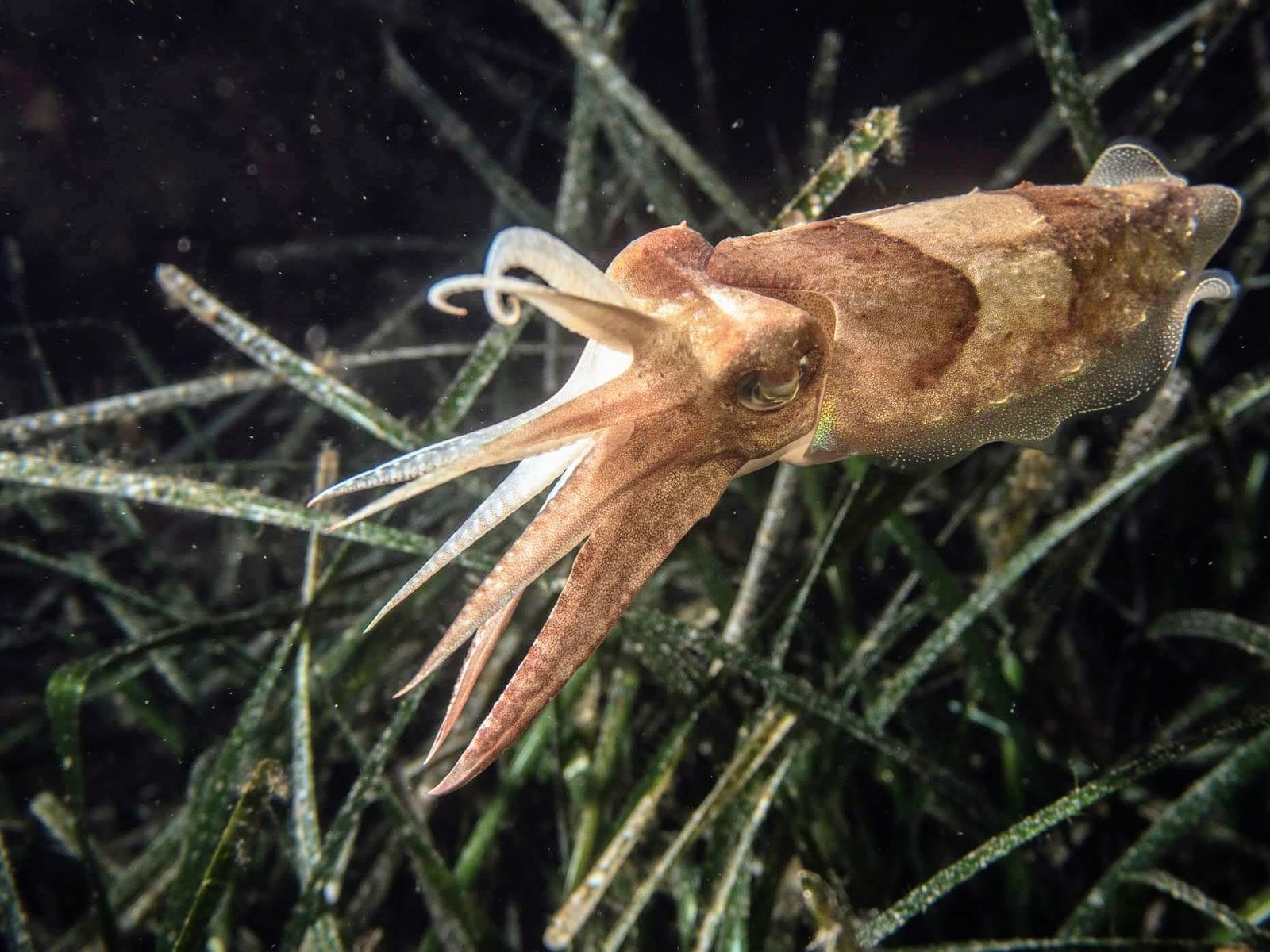
Imagine walking into a room and vanishing without a trace. While Jedi mind tricks might not be available to us, cephalopods like octopuses, cuttlefish, and squids have mastered the art of disappearing in plain sight. These marine marvels use specialized skin cells—chromatophores, iridophores, and leucophores—to change their color, pattern, and even texture within seconds. Scientists have marveled at their ability to mimic rocks, coral, or even predators, making them nearly invisible to both prey and enemies. Some species of octopus can even create moving patterns to confuse would-be attackers. This level of camouflage is so advanced, researchers are studying cephalopods to inspire next-generation stealth technologies for humans. It’s as close to a real-life invisibility cloak as nature gets.
Super Speed: The Peregrine Falcon’s Hypersonic Dive
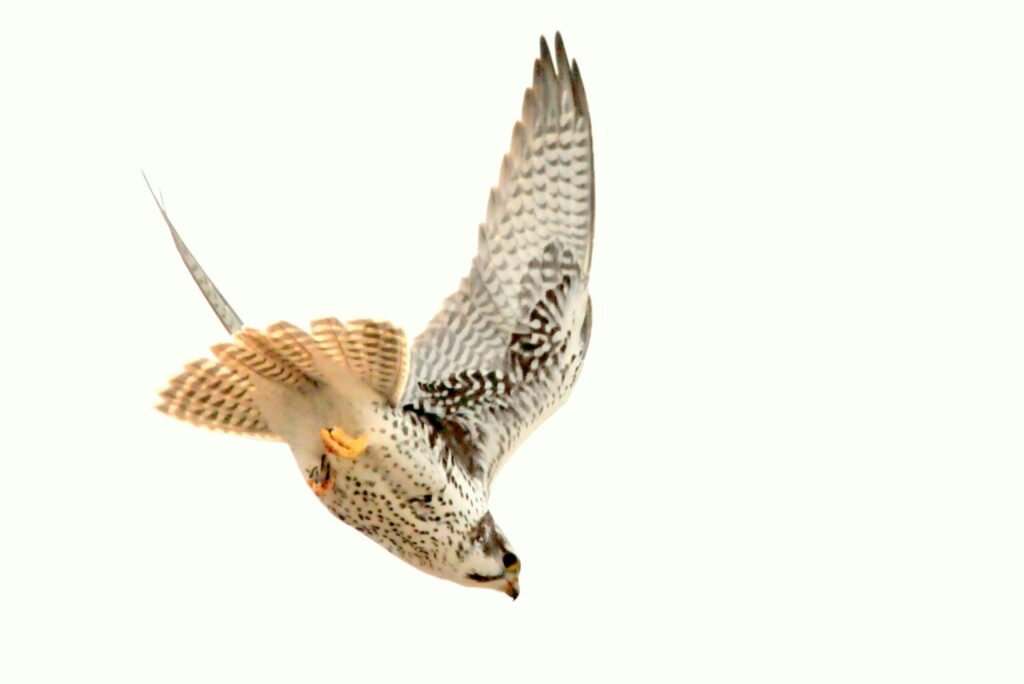
In the Star Wars universe, ships zip through hyperspace at mind-blowing speeds. But here on Earth, the peregrine falcon holds the crown for sheer velocity. When hunting, this raptor tucks its wings and plummets from the sky in a stoop, reaching speeds over 240 miles per hour—faster than a Formula 1 car. With keen eyesight and a streamlined body built for speed, the falcon can spot and intercept prey with astonishing precision. This death-defying dive is not just a spectacle; it’s a demonstration of evolutionary engineering at its finest. The next time you watch an X-wing in action, remember there’s a bird out there that’s almost as fast.
Telepathy in the Deep: The Electric Communication of Knifefish
The Jedi are known for their telepathic connections, sensing thoughts and emotions across great distances. While animals haven’t mastered mind reading, some come surprisingly close. Knifefish, found in South America’s murky rivers, generate weak electric fields to communicate, navigate, and hunt. These fish “talk” to each other by sending specific pulses, allowing them to recognize friends, rivals, and even potential mates in pitch-black waters. Scientists have discovered that some species can modulate their signals to avoid jamming each other’s communications—a form of electrical conversation that feels almost like underwater telepathy. This silent language is a living example of nature’s inventive ways to connect.
Regeneration: The Axolotl’s Jedi-Like Healing Abilities
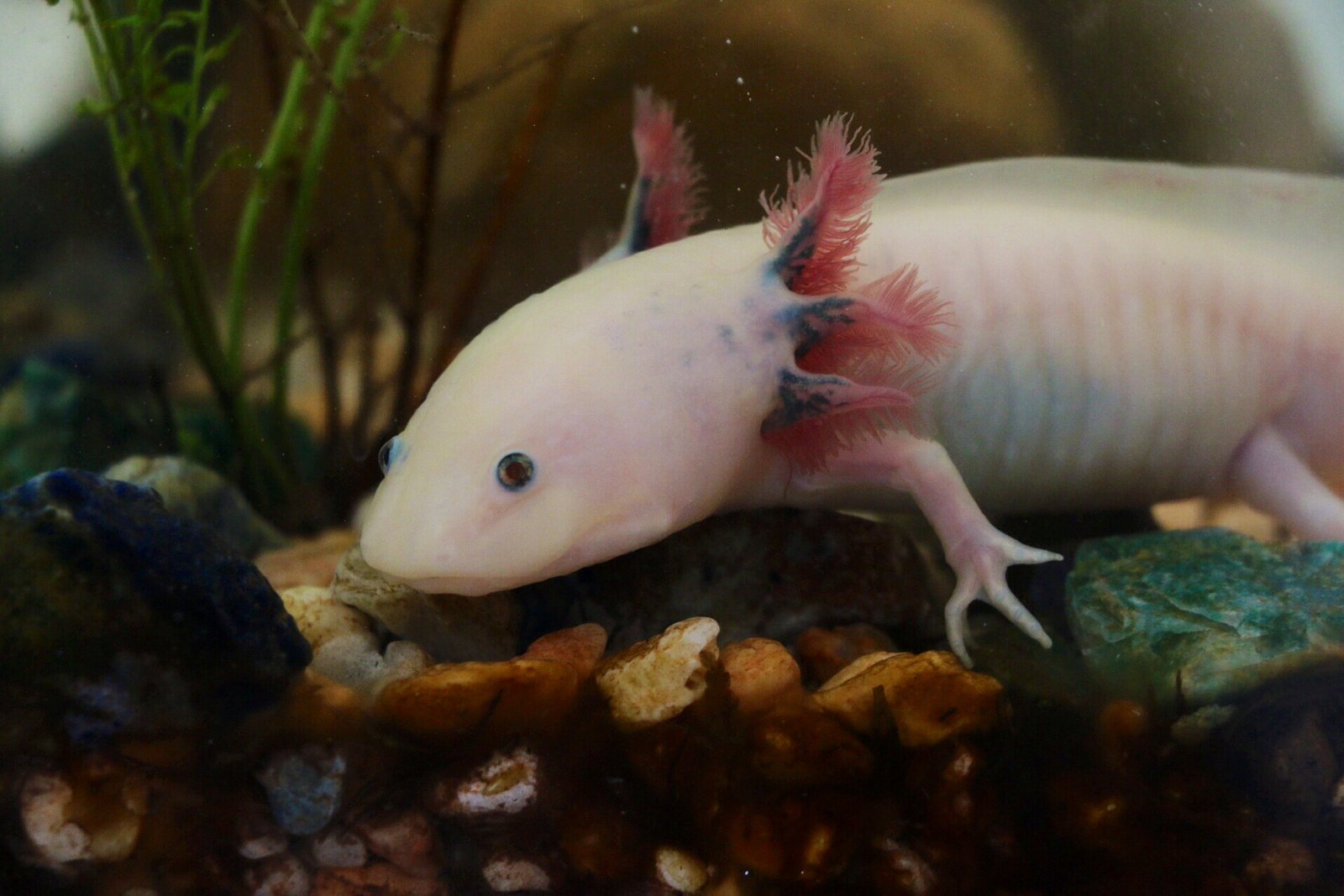
If you’ve ever wished for a bacta tank’s miraculous healing, meet the axolotl—nature’s true master of regeneration. This Mexican salamander can regrow entire limbs, parts of its heart, spinal cord, and even sections of its brain without scarring. Scientists are in awe of how axolotls reactivate dormant genes, prompting cells to rebuild complex tissues in perfect form. Unlike most animals, which form scar tissue after injury, axolotls restore their bodies as if nothing ever happened. This power has sparked hope for breakthroughs in human medicine, including wound healing and organ regeneration. The Force is strong with this one!
Force Fields: The Electric Eel’s Shocking Defense
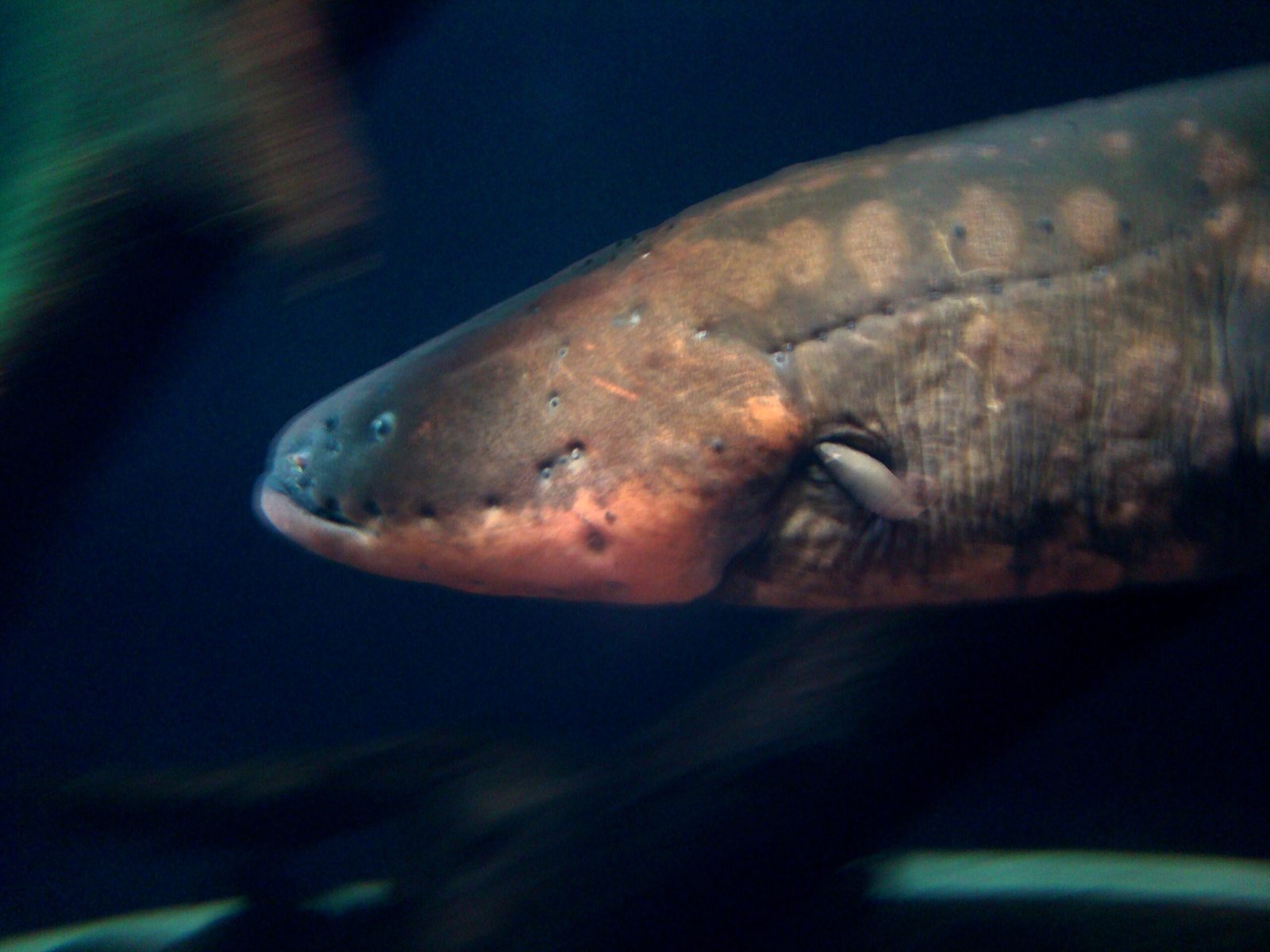
Imagine deflecting attacks with an invisible shield. The electric eel comes close, generating bursts of electricity up to 600 volts to stun prey, deter predators, or navigate murky waters. This South American fish isn’t a true eel, but its electrical organs can create enough charge to light up several lightbulbs. When threatened, it emits rapid electrical pulses, creating a force field that wards off attackers and incapacitates victims. Scientists are fascinated by how electric eels control these shocks with precision, even using low-voltage signals to “scan” their environment like a living radar. It’s a shocking display of power and innovation in the animal kingdom.
Mind Control: The Parasitic Tactics of the Emerald Cockroach Wasp
While Sith Lords manipulate minds with the Force, the emerald cockroach wasp takes mind control to a chilling new level. This tiny insect injects venom into a cockroach’s brain, turning the host into a passive zombie. The wasp then leads its victim into a burrow, where it lays eggs on the paralyzed roach. When the larvae hatch, they feast on the still-living cockroach. This gruesome cycle is a real-world example of parasitic manipulation, where one creature hijacks the nervous system of another. It’s a natural horror story that rivals any dark side plot twist.
Super Senses: The Echolocation of Bats and Dolphins
Obi-Wan Kenobi once told Luke to “trust your feelings,” but some animals take sensing the world to a supernatural level. Bats and dolphins use echolocation—emitting high-frequency sounds and interpreting their echoes—to “see” in complete darkness or murky water. Bats can detect insects as small as a mosquito, while dolphins can distinguish between objects of different sizes and shapes from several meters away. This biological sonar guides them through complex environments and helps them hunt with incredible accuracy. Scientists are still unraveling how their brains process such rapid streams of sensory data, turning echoes into mental maps of their world.
Extreme Strength: The Herculean Power of the Dung Beetle
When we think of super strength, images of Wookiees or droids might come to mind. But in the insect world, the humble dung beetle is the true champion. Some species can push or pull objects over 1,000 times their own body weight—equivalent to a human moving six double-decker buses. These feats are possible thanks to their muscular legs and specialized body structure. Dung beetles use this strength to roll food balls away from competitors, a crucial part of their survival. Their sheer power and determination are a reminder that even the smallest creatures can possess abilities worthy of legend.
Shape-Shifting: The Uncanny Adaptability of the Mimic Octopus
In a galaxy full of changelings and shapeshifters, the mimic octopus stands out as nature’s own master of disguise. Found in Indonesian waters, this octopus can impersonate more than fifteen different species, including lionfish, sea snakes, and flatfish. By altering its body shape, color, and even swimming style, it confuses predators and sneaks up on prey. Researchers believe the mimic octopus chooses which animal to imitate based on the type of threat it faces, showing a level of strategic thinking that’s rare in the animal world. It’s a stunning display of creativity and survival instinct.
Surviving the Impossible: The Immortal Tardigrade
What if you could survive in the vacuum of space or withstand lethal radiation? The tardigrade, often called the “water bear,” can do just that. These microscopic creatures endure extreme temperatures, crushing pressures, and even the emptiness of outer space by entering a state called cryptobiosis. In this state, they lose almost all their water, curl up, and suspend their metabolism, effectively becoming indestructible until conditions improve. Tardigrades have even survived being blasted by cosmic rays and boiling water. Their resilience is a testament to the boundless possibilities of life and adaptability.
Seeing the Unseen: The Mantis Shrimp’s Spectacular Vision
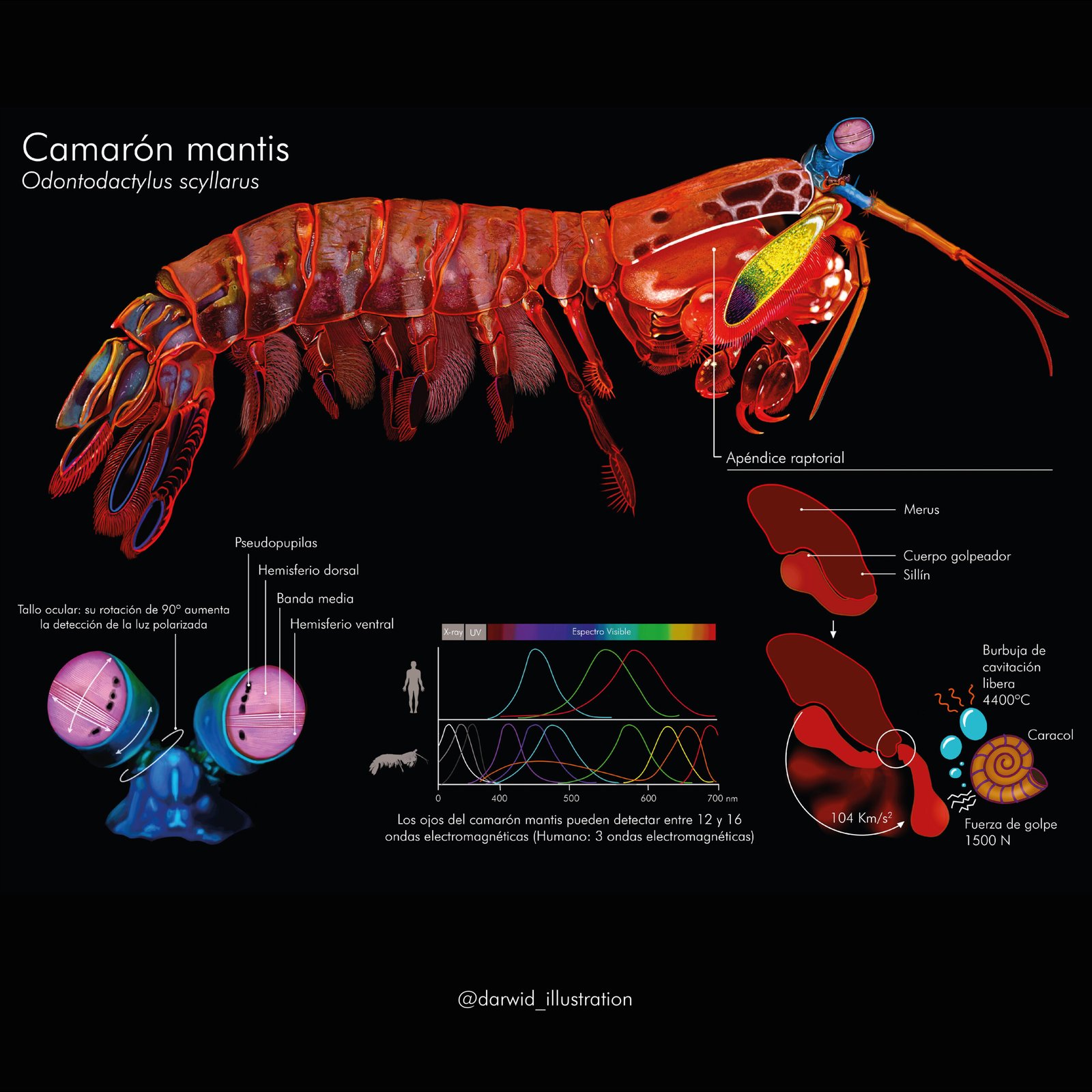
If Jedi could see the world in ways others can’t, the mantis shrimp would be their spirit animal. This small marine crustacean possesses the most complex eyes in the animal kingdom, capable of detecting polarized light and seeing a spectrum far beyond human vision—including ultraviolet and infrared. With 16 types of color receptors (humans have just three), the mantis shrimp can spot camouflaged prey and communicate with secret visual signals. Some scientists believe their vision could inspire new technologies in cameras, security systems, and even medical imaging. It’s a reminder that there are wonders all around us—if only we could see them.
The animal kingdom teems with abilities that blur the line between science fiction and reality, sparking our imaginations and igniting a sense of awe. As we celebrate Star Wars Day and the boundless creativity of the universe, it’s clear that the true Force flows through the natural world, inviting us to look closer, dream bigger, and never stop exploring. Who knew science fact could be even more astonishing than science fiction?




